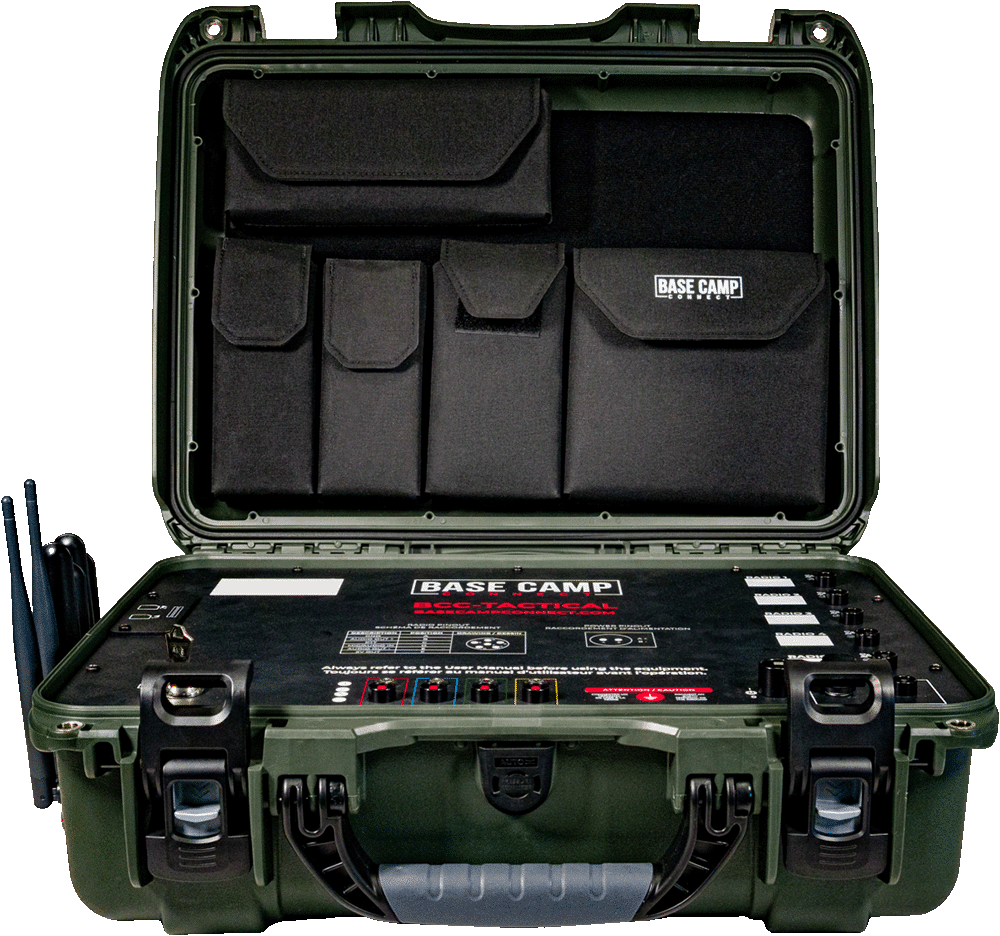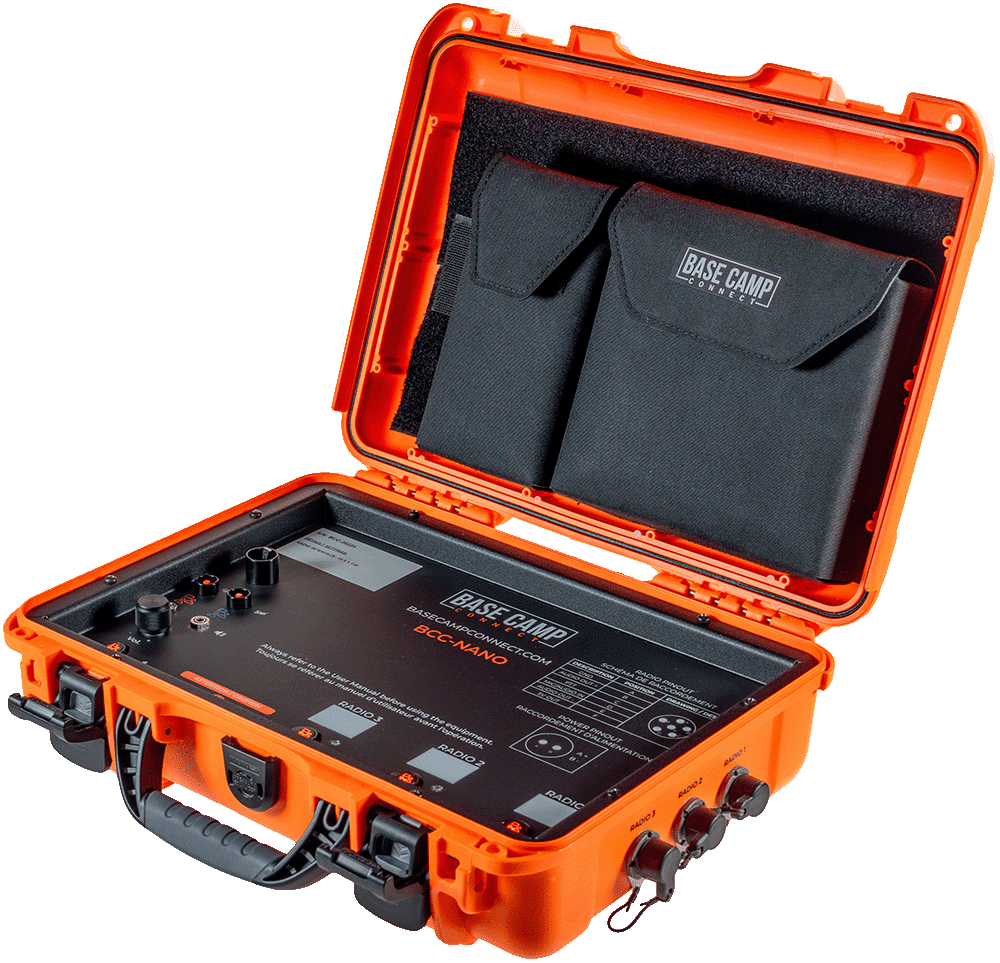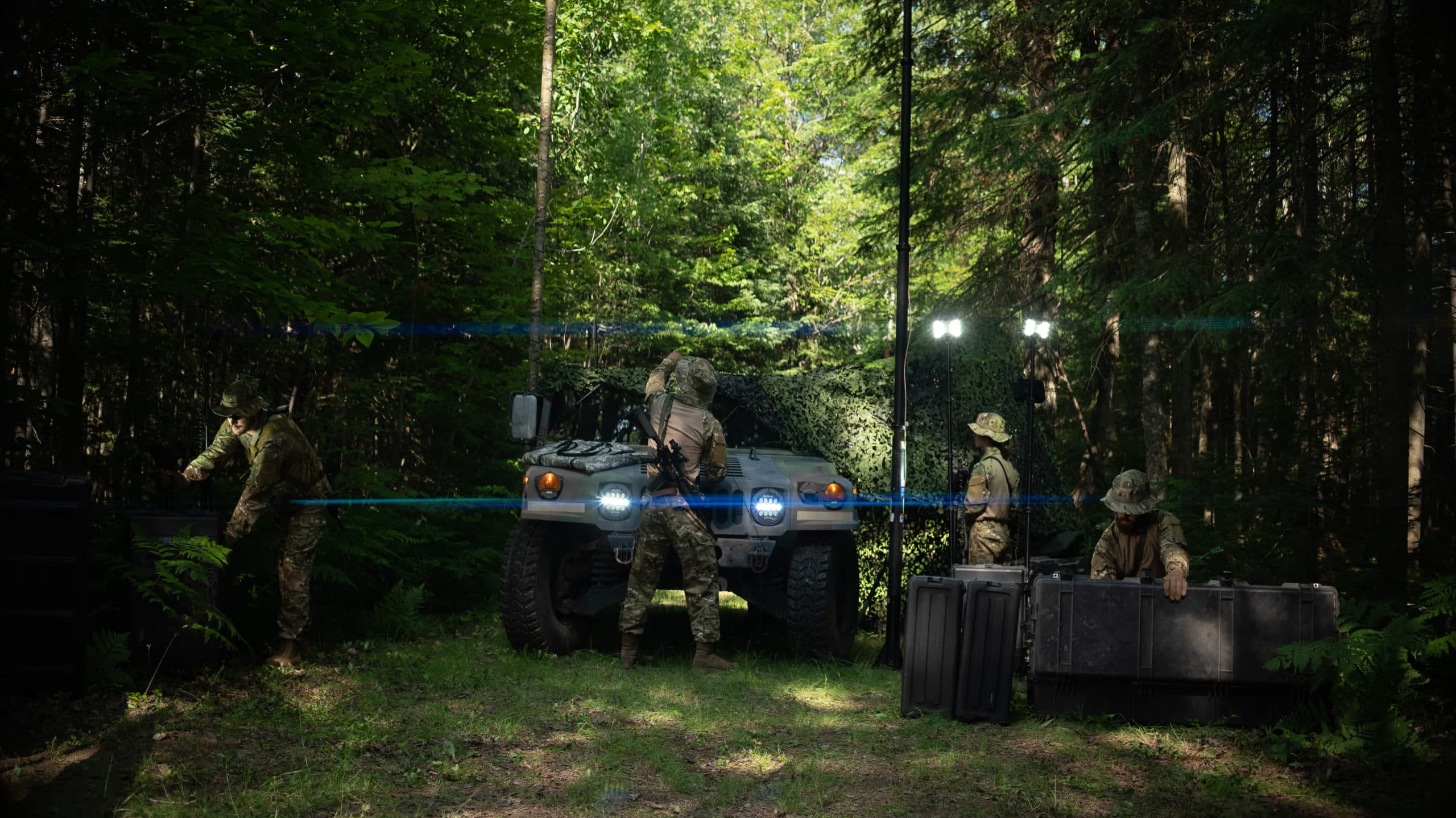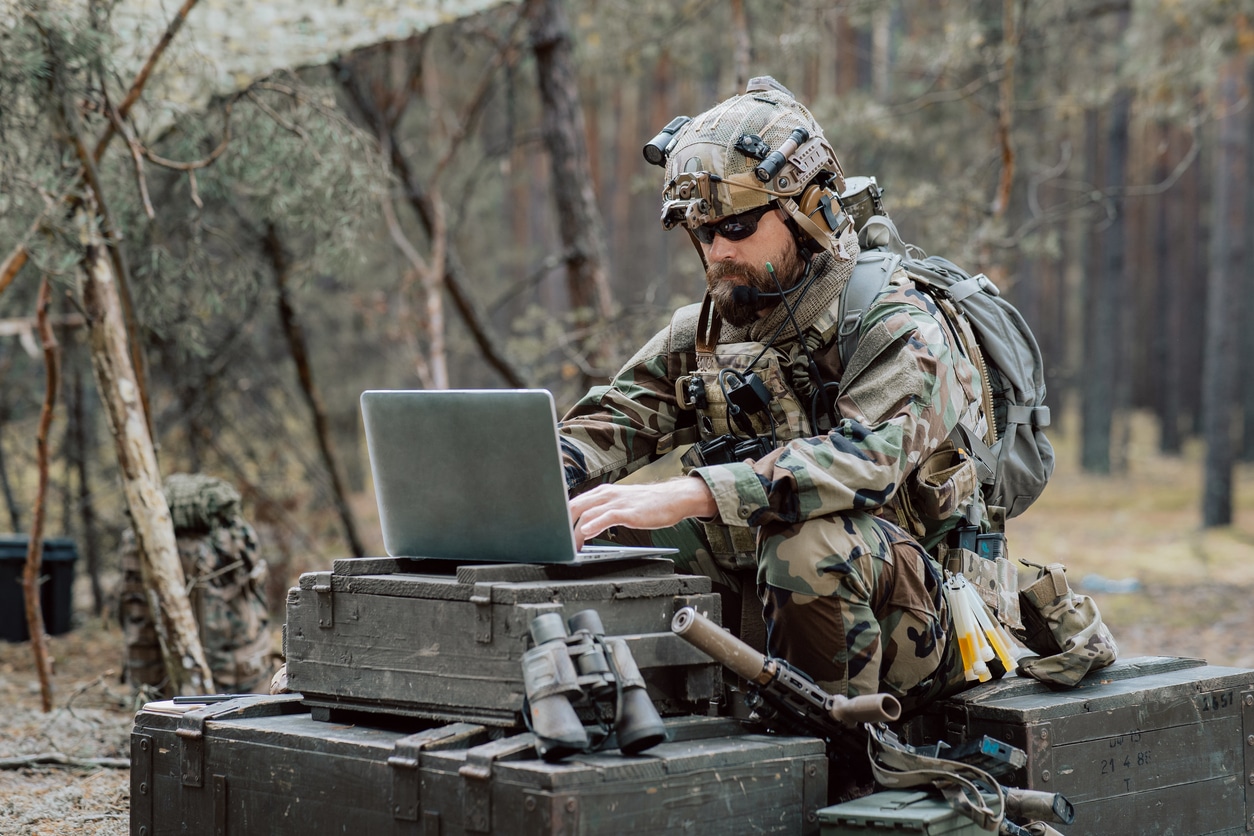During the early morning hours of August 29, 2005, Hurricane Katrina made landfall along the Gulf Coast of the United States. With sustained winds recorded at 145 MPH, the category four hurricane sadly took the lives of at least 1,833 people and caused an estimated $161 billion in damages. It is still one of the worst natural disasters to ever occur in the United States.
In the years since this tragic event, there has been much analysis of what made the event so destructive. One key point in many studies has been the failure of communication systems. Without a reliable means of communication, the public and emergency response personnel could not seek and render assistance effectively.
Some of the most notable communication failures are listed below.
- The Louisiana State Police Radio Network: Generators that powered radio towers could not be refueled, high traffic volumes on mobile command posts caused congestion and failure, and VoIP phones initially worked until uncontrolled access to the internet made them less effective.
- Local Radio Interoperability: Major failures occurred due to a lack of interoperability of radio equipment across various agencies.
- Satellite Radios: Uncontrolled traffic congested the system and made radios ineffective.
- Landline: Phones initially worked until flooding and a lack of power shut the system down.
- Cell Towers: Towers failed once batteries died, generators could not be refueled, and flooding damaged sites.
- 911: Call centers quickly became overwhelmed once other communication systems were rendered useless.
The communication failures that occurred due to Hurricane Katrina highlight how critical these systems are during crisis management efforts or natural disaster relief operations. The failure of our communication systems can and often does lead to the loss of life, property damage, inefficient rescue operations, public panic, and protracted recovery efforts.
Fukushima Daiichi Nuclear Disaster
During events like the Fukushima Daiichi Nuclear Disaster (2011) and the ongoing COVID-19 Pandemic, the consequences of a lack of operating communication systems have been similar. There have also been similar causes of the failures. These include infrastructure failure, interoperability issues, a lack of redundancy, information overload, and human error. Addressing these failures and looking for solutions to avoid repeating them is crucial.
Modern-day communication systems rely heavily on technology. The internet, cellular phones, and even landlines function with the help of telecommunications infrastructure. Two technical failures, especially prevalent during natural disasters, are network congestion and infrastructure damage.
Network congestion occurs when too many users try to access the network simultaneously. It is human nature that in a crisis, we reach out to emergency services, friends, and family members. When too many people access communication systems, such as cellular networks, calls will be dropped, and text messages will be delayed. Common solutions to this issue are load balancing, assigning priority access, and encouraging people to use other means of communication.
Earthquakes, fires, floods, and extreme weather can wreak havoc on the structures people build. Communication systems rely on cell towers, powerlines, power stations, and data centers to function properly. When these system components are damaged or destroyed, they can significantly hinder recovery operations. While it is difficult to counter the destructive power of Mother Nature, the best offense is a good defense. Communication systems should be based on resilient designs, redundancy, and be supported by rapid restoration plans.
If first responder agencies have not properly planned for a crisis, they will likely find significant friction due to interoperability issues. When one organization’s communication systems cannot talk to another, it can prevent information sharing and the ability to effectively coordinate resources. Incompatible technologies and a lack of standardized practices are typically to blame.
Communications technologies have become very sophisticated. When organizations operate on different frequencies, using various encryption methods, and working with different devices, it can make the flow of information less than seamless. The best solutions to this problem are establishing standard operating procedures with other agencies, investing in multi-functional devices, acquiring bridging technologies, and training to the standards that have been developed.
It is not uncommon to see different agencies using the same term over the radio for entirely different things. One example is the word “repeat.” In military communications, this word is only used to fire artillery, while in many first responder agencies, it simply means to say the previous transmission again. A lack of standard protocols and terminology can cause considerable problems in a crisis. Using a common set of codes and standardizing communication procedures is the best remedy for this problem.
When it comes to communication systems, any system that lacks redundancy should be questioned. The questioning needs to occur before a disaster. When we are over reliant on a single communication network, we leave ourselves vulnerable to disruptions. Imagine if the only means of communication we had were cellular phones. How effective would a disaster response be if the entire cellular network went down?
Having a single point of failure means you are only counting on one channel or system to relay information. It is operating without a backup in place and can isolate emergency personnel from those who need them most in a disaster. The best solution here is to diversify your communication systems. If getting additional systems is not an option, work with other agencies to collectively diversify assets.
You should also make your systems more resilient by building redundancies into them. Communications systems benefit significantly from backup power sources, alternative communication channels, secondary data centers, and well-rehearsed contingency plans.
By their very nature, emergencies are complex, with the situation on the ground rapidly changing. In cases where hundreds or even thousands of people are affected, the amount of information coming into command centers can be overwhelming. There is a real danger of information overload. At best, the excessive flow of information can cause decision-making delays. At worst, it can result in the loss of life.
As information flows into command centers, responders may struggle to keep up unless a structure is in place to manage the flow. There are several tools worth considering to address information overload. Information filters are analytics tools that sort incoming information and prioritize it. These filters can assign a level of urgency to each piece of data. Higher priority items get attention first and prevent information overload. Other tools include dashboards, having someone responsible for information management & delegation, and creating alert systems that prevent essential things from being overlooked.
Human error is the final cause of communication system failures during a crisis. When disasters strike, they are more often than not surrounded by emotions and can become highly stressful for all those involved. As people react to what is going on around them, they can make poor decisions and mistakes.
Sometimes, these failures are due to miscommunications or misunderstandings. Other times, they occur when people get distracted and make a simple error with considerable consequences. Transposing a number, for example, can send resources to an entirely different location than where they are needed.
The best methods for preventing human error with respect to communication systems are to establish clear communication protocols, use tools such as checklists to manage workflows, incorporate a system of checks and balances into the organization, and train to the standards you have developed as often as possible.
As we have seen in the aftermath of events like Hurricane Katrina, the failure of communications systems can have devasting consequences for all those involved. Many common failures are detected in the aftermath of these events, from a lack of system redundancy to challenges with equipment interoperability. Countering these fail points involves having the right equipment, standard operating procedures, and well-trained people.
















